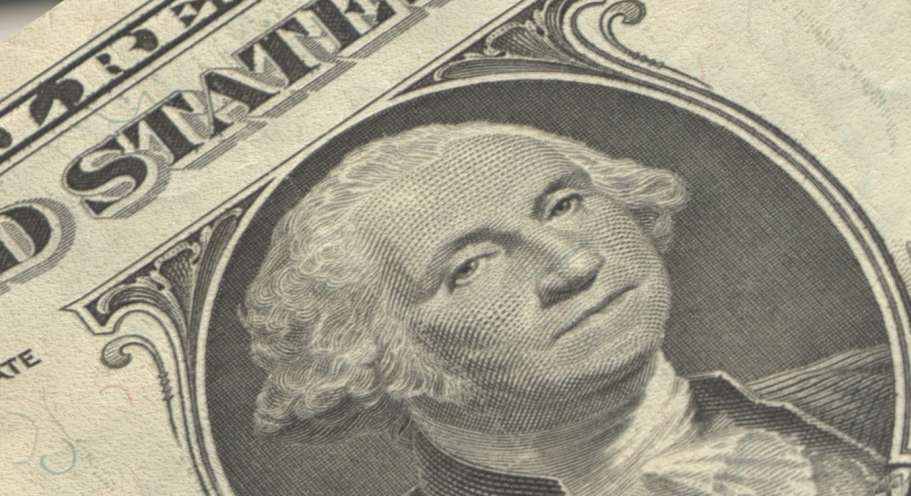RMB Soars After Fed Rate Cut!
Advertisements
In recent developments, a significant focus has been placed on the actions of the Federal Reserve, particularly regarding interest rates. As of last week, a plethora of factors, including the ongoing US election climate and speculation surrounding potential Federal Reserve interest rate cuts, have resulted in a remarkable rally in major stock indices. The Dow Jones Industrial Average and the S&P 500 both recorded gains exceeding 4.6%, marking one of their best weekly performances in nearly a year, while the tech-heavy Nasdaq climbed even higher with a surge of over 5.7%. With these movements stirring discussions, one major question looms: will the Federal Reserve proceed with further interest rate cuts in the near future?
During the previous week, Federal Reserve policymakers took a decisive step by lowering the target for the overnight lending rate by 25 basis points. Analysts are anticipating that the Fed will initiate another rate cut during its final meeting of the year, scheduled for December 18.
Industry Insights:
Given the fluid dynamics at play, determining the forthcoming trajectory of the Federal Reserve remains an ambiguous endeavor.
According to forecasts, the Royal Bank of Canada predicts that the Federal Reserve will maintain steady interest rates throughout the first half of next year from January to July. This strategy is aimed at allowing officials to adequately evaluate the ramifications of newly implemented policy changes, before potentially resuming rate cuts in response to an economic slowdown.
Adding to this discourse, Barclays' chief US economist, Marc Giannoni, has revised the inflation expectations for next year upwards while simultaneously lowering the GDP outlook. They project that the Federal Reserve may only cut rates twice in the coming year, in contrast to previous estimates which suggested three rate cuts.
Conversely, certain Federal Reserve officials have indicated that a strengthening economy could lead to a reduction in the number of anticipated rate cuts. Notably, Neel Kashkari, the president of the Minneapolis Federal Reserve Bank, expressed that robust economic growth and enhanced productivity could result in rate cuts being less drastic compared to prior expectations. However, he cautioned that it is still too soon to determine whether the policies of the newly elected government and Congress could spur inflation and subsequently affect the count of rate cuts, as the Fed will need to closely monitor which policies come to fruition.
The CME's FedWatch Tool shows that there is a 35.1% probability that the Federal Reserve will keep current interest rates unchanged by December this year, while there stands a 64.9% chance of a cumulative cut of 25 basis points. Furthermore, by January of next year, the likelihood of maintaining the status quo drops to 22.4%, with a cumulative reduction of 25 basis points forecasted at 54.1% and a 23.6% chance for a total cut of 50 basis points.

Deutsche Bank has suggested that the Federal Reserve may pause its rate cuts in December, while Nomura's economists have reduced their projections for the Fed’s rate cuts next year from four to just one.
According to reports from the Consumer News and Business Channel, Elon Musk, CEO of both Tesla and SpaceX, has emerged as a fervent supporter of the newly elected president, advocating for the idea of allowing presidential intervention in Federal Reserve policy.
This notion has garnered attention, especially after Republican Senator Mike Lee from Utah recently urged the Federal Reserve to "obey the president" through a statement on social media. Musk responded with a simple "100" emoji, signaling his full agreement, while accompanied by Lee's "#EndtheFed" hashtag.
As the narrative around Federal Reserve policies evolves, it is clear that many aspects remain uncertain. Federal Reserve Chair Jerome Powell is scheduled to participate in a dialogue at the Dallas Federal Reserve later this week, where he is expected to provide further insights.
Expert Opinions:
Asian Asset Classes Remain Attractive
Current market expectations for rate cuts might be overly pessimistic. An anticipated cut of around 3.5% corresponds to a return of 100 basis points as a suitable measure.
Zhao Yaoting, a global market strategist at Invesco Asia (excluding Japan), indicated that Asian assets still possess significant appeal, particularly in the long term. He noted that Asian economies exhibit resilience and face comparatively lower inflationary pressures, predicting their growth rate will outpace developed markets in the coming year.
In light of the Federal Reserve's rate cut actions, the US dollar index has seen a decrease, leading to a substantial surge in the Chinese yuan. This rapid appreciation in the yuan against the dollar has undoubtedly provided increased opportunities and confidence for Chinese export enterprises and foreign investors.
Wang Xinjie, Chief Investment Strategist at Standard Chartered's China Wealth Management Division, remarked that the reversal trend of Chinese assets appears relatively assured. With policy support, he anticipates the emergence of mid to long-term opportunities stemming from fundamental improvements.
Yang Chao, strategy analyst and team leader at China Galaxy Securities, asserted that the presidential election outcome is generally favorable for US equities and the dollar while potentially adverse for US Treasury bonds and commodities, predicting a neutral impact on gold. He expressed that following the resolution of uncertainties, Chinese assets are expected to gain more influence, with capital market trends becoming increasingly aligned with domestic fundamentals and policy dynamics.
(Note: This article does not constitute any investment advice.)
Write a Comment